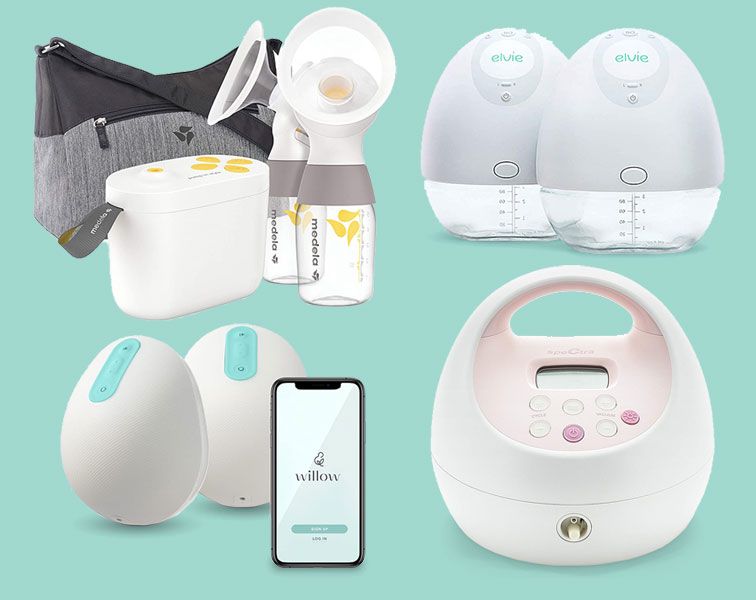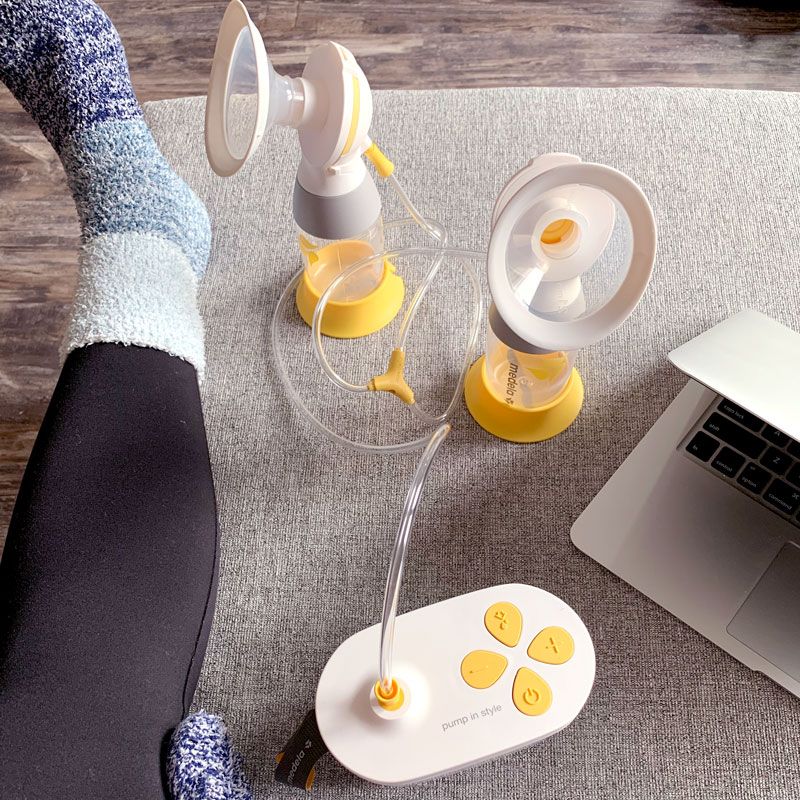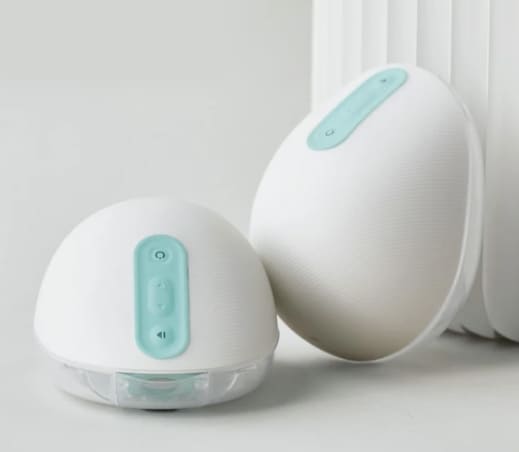Whether you had no idea this was a thing or heard murmurings about getting a free breast pump through insurance, I’m here to give you the low down and why it's worth checking out if you plan on breastfeeding or storing your breast milk.
Most insurance companies will cover a breast pump.
The Affordable Care Act (ACA) requires most health insurance plans to cover the cost of a breast pump as part of preventive health services. How much will vary from company to company and, unfortunately, some plans are grandfathered in, so you aren’t entitled to diddly squat.
In true insurance company spirit, they often make coverage complicated and confusing through long forms and applications and require a prescription from your doctor.
In an effort to make this easier, some organizations will help you pick out a pump and then take care of all your insurance paperwork.
What’s the catch?
There really isn’t one.
Essentially, these companies are breast pump stores that recognize what a pain it is to deal with insurance, so they submit your claim and are reimbursed by the insurance company instead of you. Many insurance plans like Aetna, United Healthcare, Anthem Blue Cross Blue Shield, Cigna, and even Medicaid plans cover a double electric breast pump for new moms through a medical supply company.
Eligibility and Timing
You can usually order your breast pump from six months before to six months after your baby's birth. Typically, one pump is allowed per pregnancy.
Breast Pump Brands Included
Most popular pumps are included and brands will go to great lengths to be included in coverage. Still, it's good to have an idea of one or two that you like in case your insurance only covers specific brands or models. Here are common brands that are covered:
- Ameda
- Ardo
- BabyBuddha
- Dr. Brown's
- Elvie
- Freemie
- Haakaa
- Lansinoh
- Medela
- Motif
- Spectra
- Willow
Are there any drawbacks?
Not really. The only situation where I could see it being beneficial to submit the claim yourself is if your insurance will only cover a portion of your pump and you find an amazing deal somewhere.
If the legwork of getting a prescription, buying the pump, submitting your receipt and waiting for your reimbursement from insurance doesn't bother you (and you love a good sale), it might be worth going this route.
Some insurance companies require that you use in-network providers that are durable medical equipment (DME) suppliers and or will only cover one kind of pump.
You will need to provide them with your insurance card number and member ID in an online form, but most companies will send you a pump towards the end of your pregnancy with no out-of-pocket cost to you (most even have free shipping.)
Here are some tips for picking out a breast pump that's right for you, including what the difference is between manual pumps, hospital grade pumps and double electric pumps.
Where is the Best Place to Get a Free Breast Pump?
Historically, I have always recommended Aeroflow. They have been doing it for a long time, so they are used to dealing with insurance companies and answering breast pump questions.
Babylist Health also has a service that does the legwork with your insurance company which might be something to consider if you are registered with them.
Regardless of who you go with, you’ll need your insurance ID number so they can nail down what you can get – eligibility can vary wildly even within the same insurance companies.
Dealing with Your Insurance Directly
If you don't want to go through a "breast pump broker" and deal with your insurance directly, you can absolutely do that as well but it differs a little bit depending on your provider.
Private Health Insurance
Most private health insurance plans cover breast pumps, but the specifics can vary significantly. Here’s a quick checklist of questions you should ask your insurer:
- Do you cover the rental or purchase of a breast pump? Understand if your plan offers flexibility in acquiring your pump.
- Is coverage available for manual or electric pumps? Check if both options are available and which may be more beneficial for your situation.
- Duration of pump rental? If renting, know how long coverage lasts.
- Timing of pump provision? It’s helpful to know when you can begin using the pump.
- Prescription or pre-authorization? Verify if you need documentation to begin the process.
- Additional breastfeeding benefits? Some plans include counseling or supplies, which can be very helpful.
- List of in-network lactation support providers? This ensures you have access to the necessary help and resources.
Medicaid
For those enrolled in Medicaid, coverage for breast pumps varies by state. You'll need to reach out directly to your Medicaid provider to understand your options. Many of the same questions listed above will help guide your inquiry.
No Insurance or Medicaid?
WIC (Women, Infants, and Children) clinics often provide breast pumps or rental options. Contact your local WIC clinic to inquire about eligibility and their services.
More Than Just Breast Pumps
Many insurers will cover up to $2,000 in free essentials like, breast pump parts, flanges, counseling, belly bands, compression stockings, lactation consultants, and postpartum support garments so definitely see what you qualify for.
To Sum Up
Breast pumps can be pricey, so if you can get one covered, go for it.
Using a company that specializes in insurance paperwork is an easy way to get the pump you want without the headache of dealing with your insurance directly. However, if you have your heart set on a sale or prefer the hands on approach, you can absolutely submit your claim directly.
Also check out: Breast Pumping at Work: Packing Checklist




Leave a Comment